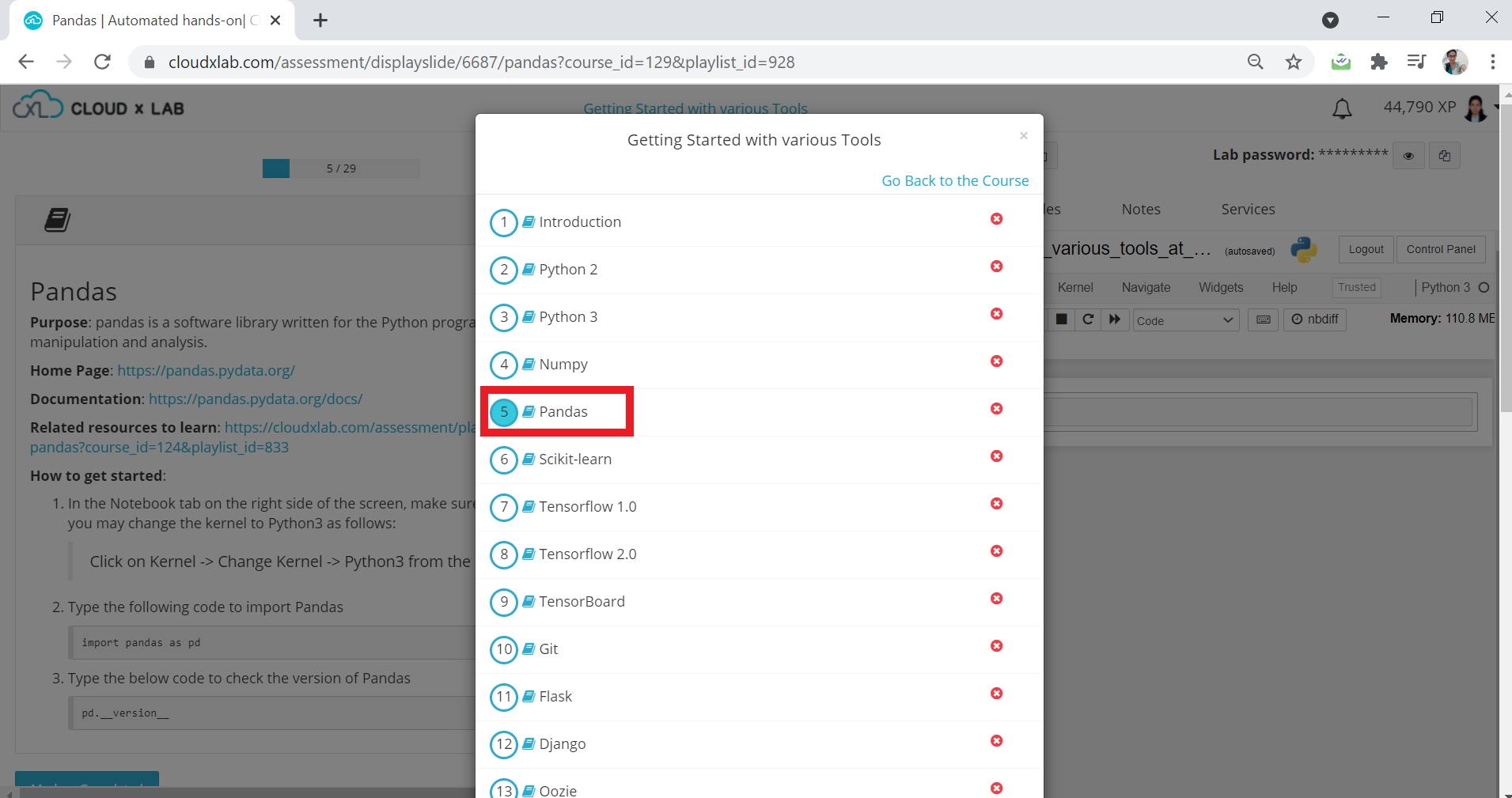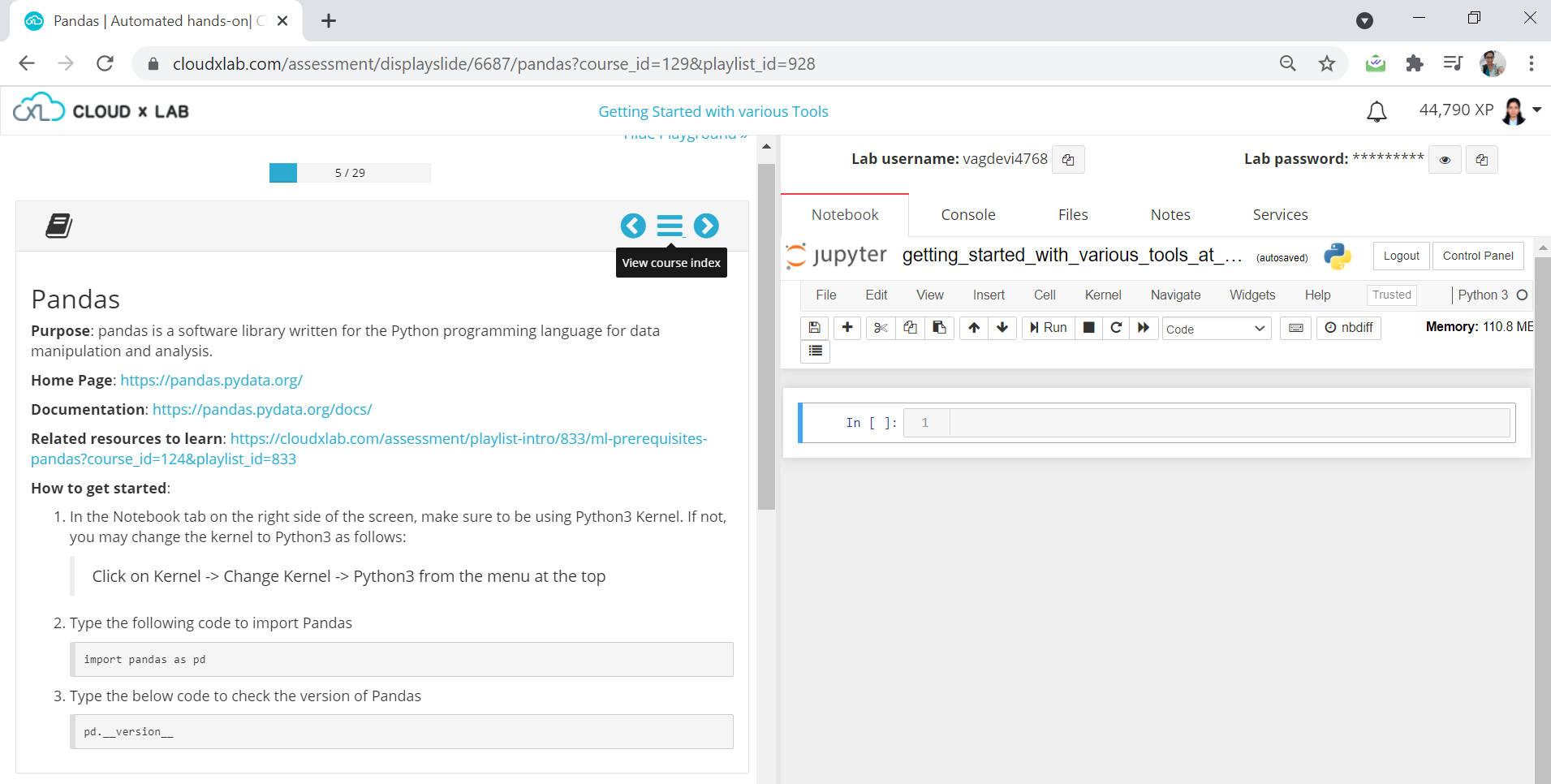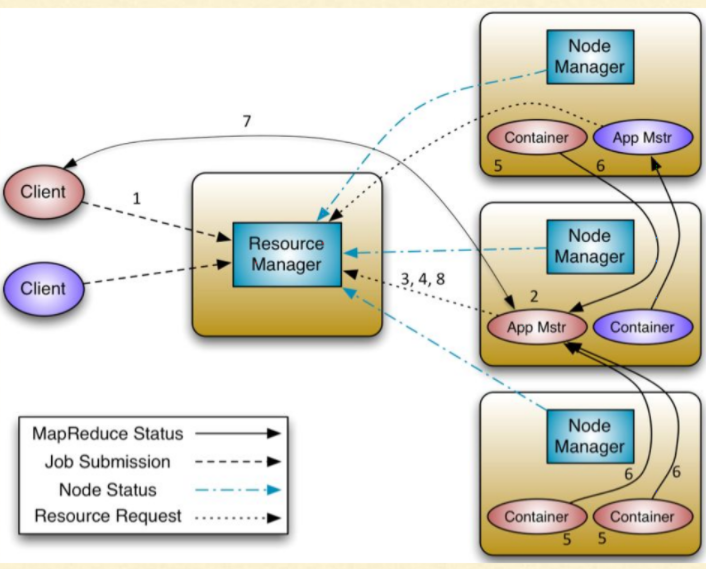Welcome!
You might have seen many people getting anxious for coding interviews. Mostly you are tested for Data Structures and Algorithms in a coding interview. It can be quite challenging and stressful considering the vastness of the topic.
Software Engineers in the real world have to do a lot of problem-solving. They spend enough time understanding the problem before actually coding it. The main reason to practice Data Structures and Algorithms is to improve your problem-solving skills. So a Software Engineer must have a good understanding of both. But where to practice?
ClouldxLab offers a solution. We have come up with some amazing questions which would help you practice Data Structures and Algorithms and make you interview-ready.
So what are you waiting for? Encourage the aspiring Software Engineer in you, by waking up the problem solver in you. Practice the following questions: https://cloudxlab.com/assessment/playlist-intro/566/data-structures-and-algorithms-questions
All the best!





